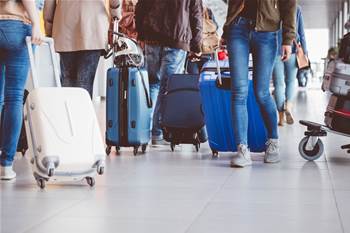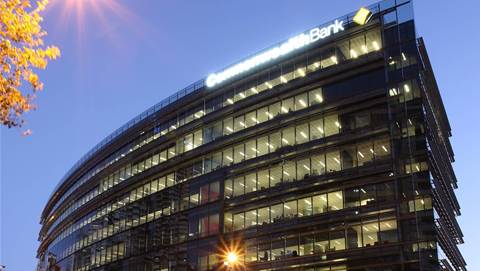Airservices Australia’s has given itself six months to deploy a bare-bones enterprise digital twin up and running to predict disruptions in the air traffic control network up to 48 hours ahead of time.
With the country’s airports recently ranked among the worst for delays and cancellations, the government-owned corporation this week tendered for a partner to help it develop the digital twin.
The digital twin is expected to help Australia’s increasingly complex and congested air traffic management (ATM) network, with more airports and runways set come online in the future years.
Airservices has been investigating a “virtual copy” of Australian airspace with Deloitte and McLaren since early 2019, and in March issued a request for information.
According to the request for tender, Airservices currently relies on the “experience and tacit knowledge” of staff and the airlines that has been developed over many years.
But this “approach to decision-making may result in limited consistency, predictability and transparency of operations,” particularly as traffic increases.
The limited use of automation also “limits the promptness of response, making it sometimes impossible to accommodate for short-notice plan changes”.
Documents show the successful partner will deliver a virtual copy of the air traffic management network using an “agile development and delivery approach” by March 2023.
Airservices expects the platform will initially be used by 25 users and, in the future, by other internal and external users such as airlines, airports and the Bureau of Meteorology.
Two initial use cases are planned to “improve decision-making in ATM network management” and “optimise the allocation of [its] air traffic controller workforce”.
Delay management, which is anticipated by March 2023, will help to “forecast the expected impact of disruptive events and ‘what if analysis’ to improve network planning and operations”.
The capability will allow Airservices to simulate the “current network state” and predict “network behaviour for the next 48 hours”, and take into account major airport works.
For workforce optimisation, the digital twin will be used to compute the “optimal seating plan in which air traffic controllers are assigned available workstations”.
Two further use cases are also proposed: safety and risk application – covering controller taskload, probabilities of lost assets or staff and weather impacts – and dynamic sectorisation.
Data for the use cases will come from several source systems, and Airservices has asked that the simulation capability be “extensible to adding other types of data sources for future use cases”.
“The digital twin capability should be able to integrate with different sources or one single-data platform, the latter is a separate program of work that is underway,” tender documents state.
“We envision our complex and dynamic processes to be replicated, specifically our core decision-making process, instantly simulated and visualised in a humancentric interface.
“Our people will use this technology to uplift existing capability to make vital business predictions.”
Airservices hopes to have signed a contract with a service provider in November 2022.


























